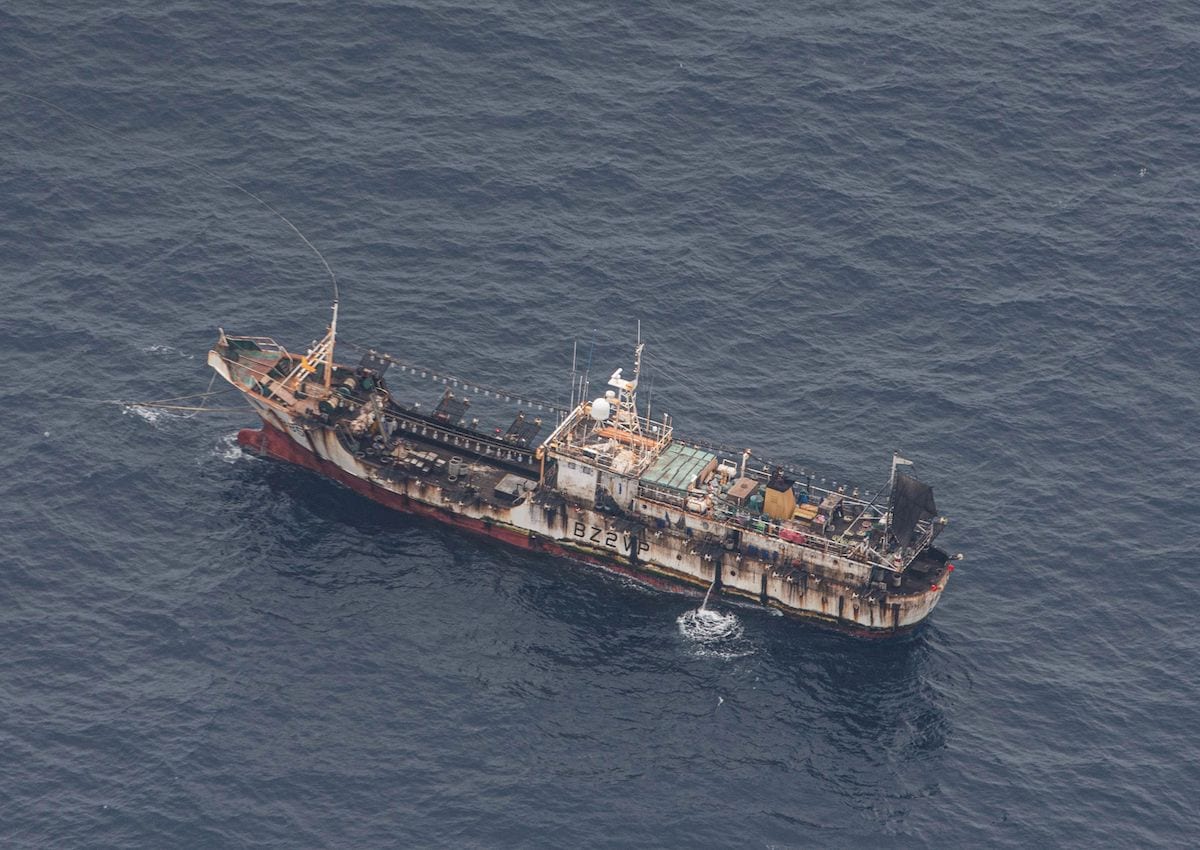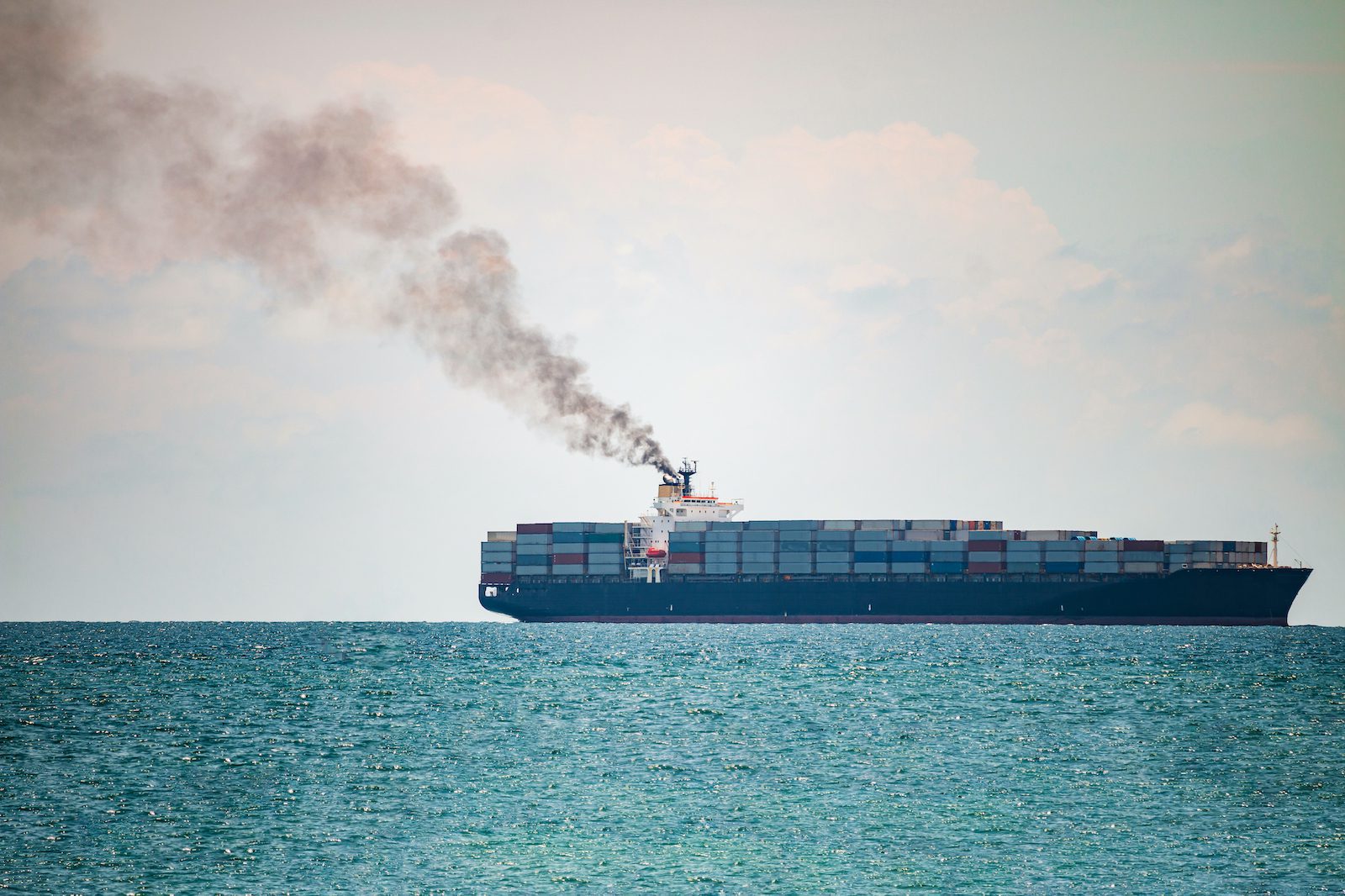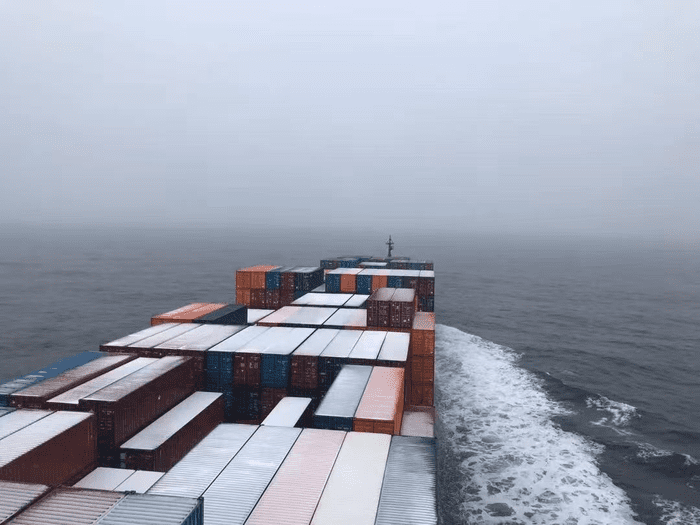By Nanchanok Wongsamuth
BANGKOK, Dec 21 (Thomson Reuters Foundation) – Fishing vessels with crews of forced laborers behave in systematically different ways to the rest of the global fleet, according to a study purporting to be the first to remotely identify vessels potentially engaged in modern slavery.
Using satellite data, machine learning and on-the-ground expertise from human rights practitioners, U.S. researchers found up to 26% of about 16,000 industrial fishing vessels analyzed were at high risk of using forced labor.
As many as 100,000 people are estimated to work on these high-risk vessels, many of whom are potential victims of forced labor. The study also showed where these high-risk vessels fished and the ports they visited.
“While these estimates are shocking, and indicate an alarming pervasiveness of forced labor in global fisheries, they likely underrepresent the full extent of the problem,” said lead author Gavin McDonald, a project researcher at the University of California, Santa Barbara.
“Our findings can advance understanding of this largely hidden issue and support global efforts to combat this humanitarian tragedy,” he told the Thomson Reuters Foundation.
International media has shone a spotlight on forced labor in the world’s fishing fleet, but the extent of the problem has largely been unknown.
Forced labor, restriction of movement, debt bondage, and poor working conditions are increasingly recognized as part of a human rights crisis in the fisheries sector.
“The study may help to expose widespread practice of labor abuses, human trafficking and slavery on the high seas, affecting hundreds of thousands of fishers on board big industrial fishing vessels,” said Rossen Karavatchev from the International Transport Workers’ Federation.
The U.N. International Labour Organization (ILO) estimates 16 million people were victims of forced labor in 2016, with 11% in agriculture, forestry and fisheries.
The research team compiled 27 different vessel behaviors and characteristics that might indicate forced labor on board and can be observed using satellite monitoring data from Global Fishing Watch, a non-profit that tracks fishing operations.
The study found the key indicators to distinguish high-risk vessels included traveling further from ports, higher engine power, more fishing hours per day, more time spent fishing on high seas, and fewer fishing voyages in a year than other boats.
High-risk vessels visited ports predominantly in Africa, Asia and South America, although exceptions include Canada, New Zealand, the United States, and several European countries.
The report, which was published on Monday in the Proceedings of the National Academy of Sciences (PNAS), contributes to an escalating trend of using remote sensing to shed light on social and human rights challenges.
Remote sensing has been used to detect forced labor in other sectors, but those analyzes use satellite imagery of static infrastructure such as brick kilns and fish processing plants which are known to be associated with forced labor.
Satellite imagery has also been used to map rural populations in marginalized communities, and detect poverty by using nighttime lighting as an indicator for household wealth.
“The study is a ‘win’ in giving anti-trafficking actors a new tool with which to identify the ships enslaving migrant fishers,” said Mark Taylor, an independent consultant on human trafficking issues and former U.S. State Department official.
“But it cannot solve the whole problem, and fighting trafficking on fishing boats is made tougher because establishing the jurisdiction of the crime is often very difficult.”
(Reporting by Nanchanok Wongsamuth @nanchanokw; Editing by Belinda Goldsmith Please credit the Thomson Reuters Foundation, the charitable arm of Thomson Reuters, that covers the lives of people around the world who struggle to live freely or fairly. Visit http://news.trust.org)
(c) Copyright Thomson Reuters 2020.

 Join The Club
Join The Club












